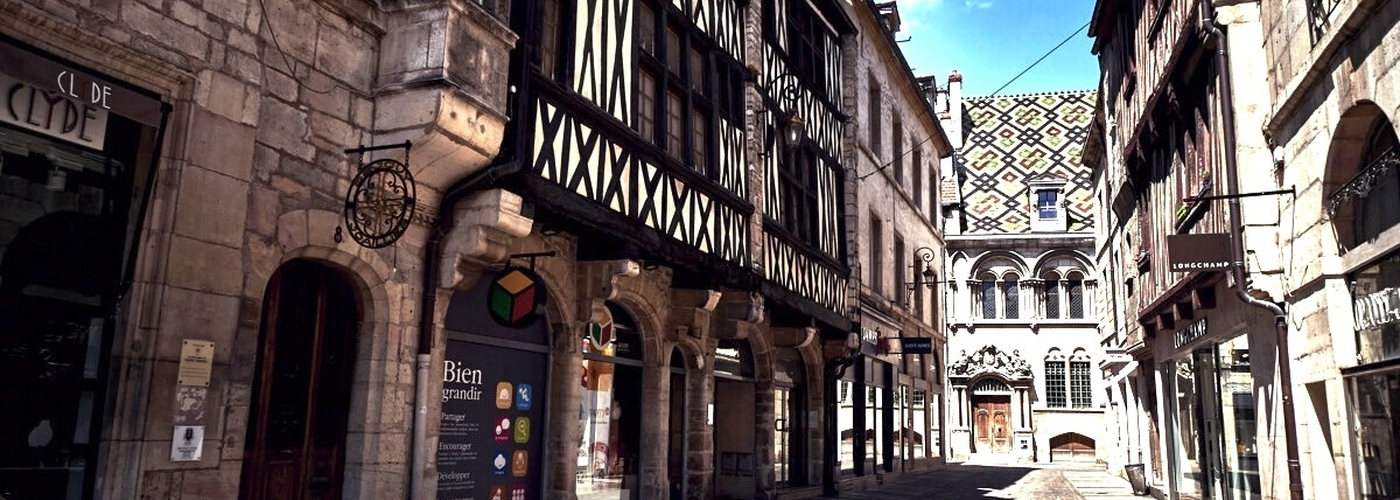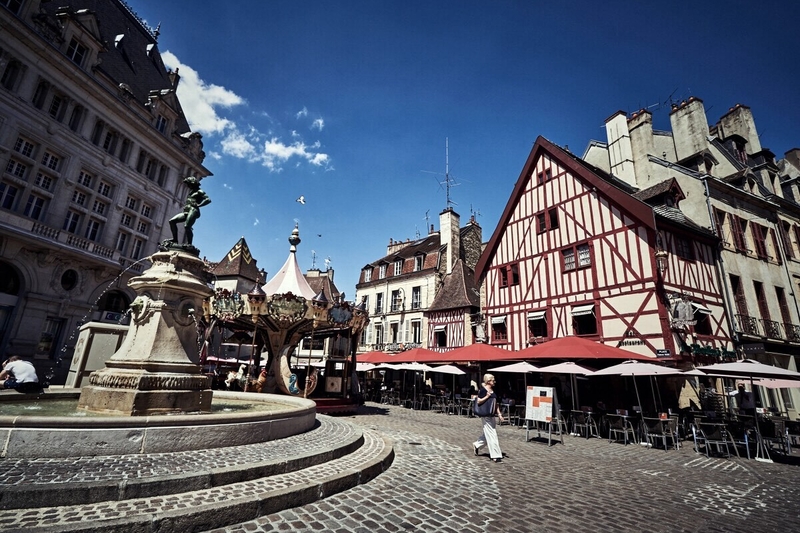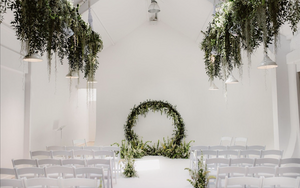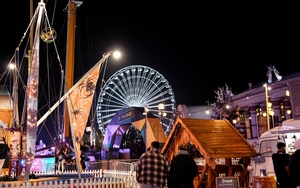Neil Sowerby enjoys nights on the tiles with the Dukes of Burgundy
Dijon is in the details
GAZE up, crane your neck. Amazing details await you below the rooflines. Always good advice when visiting a city like Dijon, packed with architectural treasures dating back to the Renaissance and beyond. Thankfully spared during the Nazi occupation and carefully curated since, it’s an atmospheric place to lose yourself in.
No.15 has a grisly back story. The shop there made delicious patés but one day a child’s finger was discovered in one; the piemaker was put to death and the roof was destroyed
But where to start your exploration? I’d suggest positioning yourself on the Rue Portes-aux-Lions, site of the ‘Lion’s Gate’, once part of the medieval ramparts. The street links the city’s main thoroughfare, the Rue de la Liberté, with the quieter Rue des Forges. In your eyeline are Forges’ most magnificent mansions.


To the right the façade of the 15th century Maison Maillard offers a riot of Renaissance stonework, including figures sporting scarves and ‘chou bourguignons’ (cabbage motifs) that were the architect’s signature. To the left the Hôtel Aubriot, three centuries older, displays the distinctive roofing you find across Burgundy. Glazed multi-coloured tiles, usually diamond-shaped, add to the beauty of the city and not just on public buildings such as the Saint-Bénigne cathedral and the Hôtel du Vogué.
Under the Aubriot tiles, in homage to Dijon’s most celebrated culinary export, you’ll find Monsieur Moutarde, a retro chic cocktail bar that’s a haven after a day’s sightseeing. From a pop culture-inspired list I’d recommend the Psycho Killer.
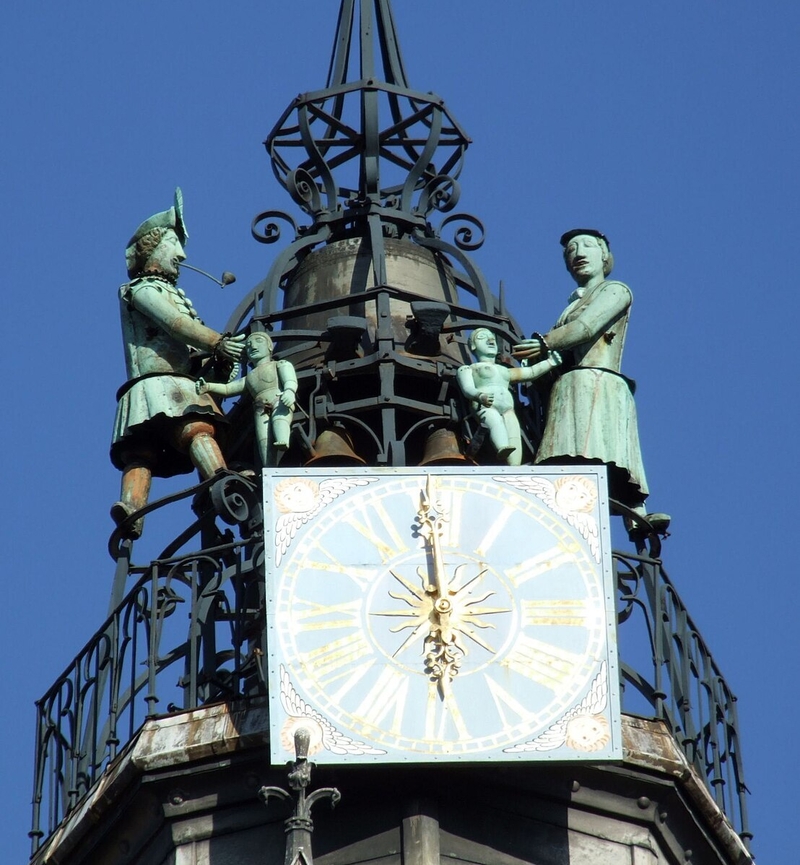
Meet the gargoyles, Jacquemart and a very special owl
A DIFFERENT kind of haven is the tree-shaded courtyard inside the Hôtel du Vogué, refined perfection in a 17th century town house, now a municipal events space. In the heart of the old town, it is close to the imposing Notre Dame. Look up here and you can’t miss ranks of gargoyles. Most are ‘false’ ones added in the 1880s; a few date back to the 13th century. At the top of the church’s south tower is another star in the Dijon firmament. The Jacquemart clock was a war trophy plundered from Belgium in 1382 by Philip the Bold, my favourite among the Dukes of Burgundy.
Later generations joked about the Jacquemart figure’s bachelor status, so in 1651 a metal companion, Jacqueline, joined him. In the following centuries a young Jacquelinet and then a Jacquelinette were forged and added, to mark each quarter of the hour.
At ground level you’ll find the most iconic Dijonnais of them all. If it were not for the selfie queue it would be easy to miss the scuffed stone owl carved into a chapel buttress on the Rue de la Chouette (Owl Street). It has been there since the turn of the 16th century. A local superstition holds that rubbing the owl with your left hand while making a wish brings good luck. Hence the worn down nature of the bird. At the Dijon Tourist Offices pick up a Parcours de la Chouette (Owl Trail) leaflet and follow the history walk, marked by 22 plaques, each bearing the image of an owl. it starts in the Jardin Darcy at the statue of a polar bear at odds with the formal park.
At the Palace’s heart a ducal legacy in marble and wood
When Charles the Bold was killed in battle in 1477 it signalled the end of Burgundy as an independent principality. He and his fellow Dukes had laid the foundation for the city we see today. Charles was buried in Flanders, where the family spent much of their time. Two of his immediate predecessors, though, have magnificent tombs in Dijon’s Musée des Beaux Arts – a major reason for visiting the Palais des Ducs et des États de Bourgogne that fronts onto the large Place de la Libération.
Philip the Bold (1342-1404) had transformed the palace into an imposing home; under later French rule it was reconstructed between the 17th and 19th centuries. His life-size painted effigy lies alone on the black marble monument while alabaster figures of mourners, create a solemn procession around him. His unpopular son John the Fearless, who was assassinated, gets to share his tomb with his wife, Margaret of Bavaria.

Free to enter, the Museum is one of France’s most comprehensive. If time is short I’d recommend making a beeline for one of the great medieval masterpieces. Philip the Bold ordered this carved wooden altarpiece for the abbey church in Champmol, where he and John were originally entombed. It was sculpted by Jacques de Baerz, painted by Melchior Broedelam and installed in Dijon in the last year of the 14th century. On the central panel are the scenes The Adoration of the Magi, The Crucifixion and The Entombment. On the wings are assorted saints and holy figures. The detail is breathtaking.

Best height to scale for a bird’s eye view of the city?
Undoubtedly the tower named after the fourth of the key Dukes in Dijon’s history. Philip the Good was undoubtedly the greatest cultural benefactor of the quartet, a music patron and champion of Flemish artists such as Jan van Eyck. The Tour Philippe Le Bon is less aesthetically pleasing, but what a view. It’s the best vantage point for tile lovers and on a clear day you can see the Alps. Just the 361 steps to get to the top of this 46 metre high medieval ‘skyscraper’.

Sightseeing works up a Burgundian appetite
Back on terra firma, there are two contrasting food experiences I’d recommend. The Brasserie des Beaux-Arts, attached to the Musee, is a simple affair in a summery room. Take advantage of its terrace to sample the likes of a benchmark paté en croute or beef tartare and frites with a glass of chilled Chiroubles.


Something fancier? Head south across the pedestrianised Place de la Libération (until a decade ago, unbelievably, used as a car park) with its floor level fountain features. Turn down the Rue Vauban and on your left is he Hôtel de Talmay, one of those glorious 16th century townhouses in which Dijon abounds. It is now home to the Michelin-starred Loiseau des Ducs. It is an offshoot of the legendary Relais Bernard Loiseau, an hour’s drive to the west, and offers the same refined take on Burgundian classics. Plus an inviting library of 30 wines by the glass…

Wine o’clock? You’ve come to the right city
Ah, wine. Beaune may pride itself on being the capital of les Vins de Bourgogne, but Dijon also offers a wealth of opportunities to sample the Pinot Noirs and Chardonnays that make the region world famous. I’d recommend two experiences, one ‘educational’, the other groundbreaking with a nod to tradition.
Once used to store coal, the 15th century vaults of the Caves du Palais now mine the rich heritage of Burgundian wine. Three times a day the Caves, part of the boutique Hotel du Palais, offer an hour and a half’s guided tasting for 39 euros per person. The La Tache (retail price upwards of £5,000) in the picture is not included in the session!
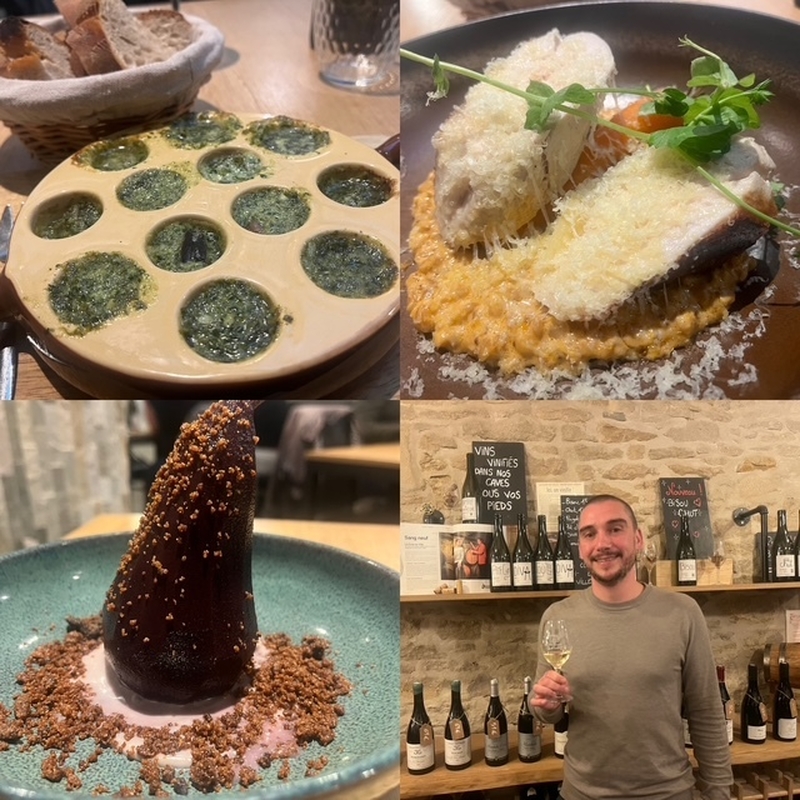
Urban wineries can now be found across the globe. Five years ago Chai Saint Olive brought the concept to Lyon, vinifying grapes bought on contract from growers across Burgundy and the Rhone. Dijon now has its own groundbreaking La Fine Heure in the Rue Berbisey. Here founder Jonathan Mollion keeps his winemaking kit in the cellar of this atmospheric wine bar/restaurant. He’ll organise tastings down there, but I’d suggest pairing the wines with classic regional dishes from the carte. It was a tough choice between oeufs en meurettes, eggs cooked in a red wine sauce, and escargots, but the snails won the race, while it was hard to resist the chicken in mustardy cream main named in honour of a former mayor, Gaston Gerard. La Fine Heure is a top casual tip. Order a glass of the Aligoté white, from a local grape now finally being appreciated.
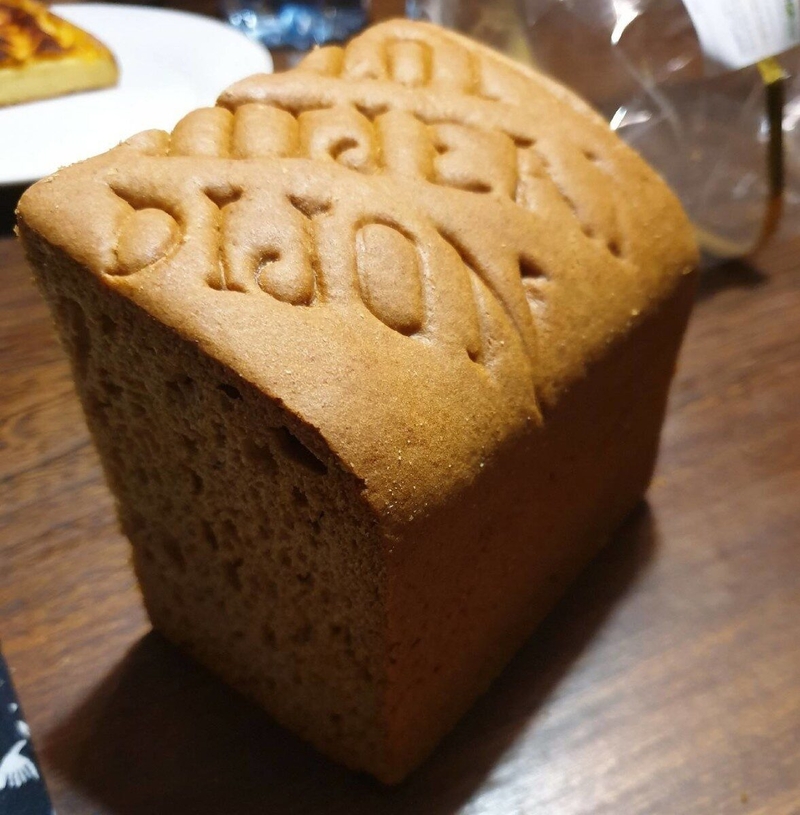
Gingerbread with no ginger but oodles of heritage
Pain d'épices translates literally as spice bread. It is traditionally made with honey and a blend of warm spices such as cinnamon, ginger, nutmeg, and cloves. Ginger is never dominant and indeed is left out of the recipe for the Mulot and Petitjean version, still crafted in Dijon’s oldest surviving gingerbread factory, dating back to 1796. A form of gingerbread dates back to fifth century China. Legend has it Philip the Bold’s wife Margaret of Flanders introduced the treat to Dijon and even this century it was home to 12 separate producers.


Mulot and Petitjean do tours to show the heritage and the current production process. Or you could just stock up at the most atmospheric Gingerbread House you could imagine – their ‘Historical Shop’ in the Hotel Catin de Richemont at 13 Place Bossuet. Wallow in the gorgeous vintage interior refurbished just after the First World War.
Shades of Sweeney Todd, the unprepossessing No.15 next door has a grisly back story. The shop there made delicious patés but one day a child’s finger was discovered in one; the piemaker was put to death and the roof was destroyed.

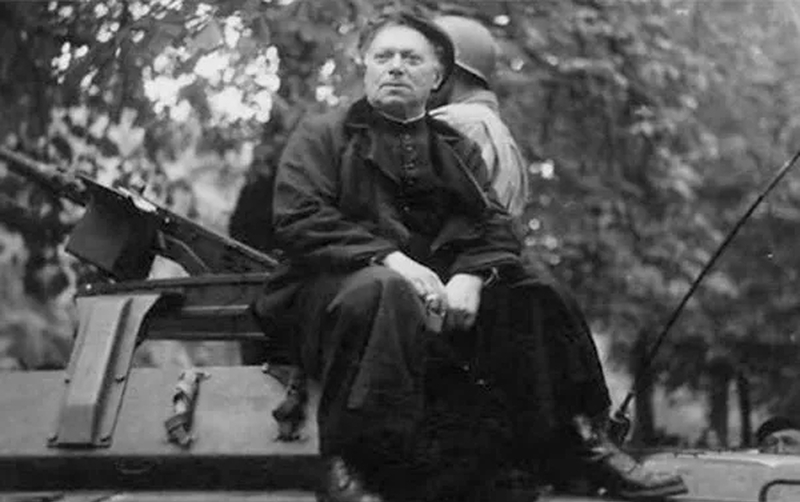
Ribena look away now – Creme de Cassis is blackcurrant perfection
As well as a vast array of gingerbread products, No.13 also stocks the finest Creme de Cassis de Dijon. More my thing. This dark red liqueur made from blackcurrants never loses popularity, a dash used to flavour dry white wine (usually Aligoté) to make a Kir aperitif, or with a sparkler, Kir Royale. Originally it was known as Blanc de Cassis, but was renamed in the honour of Canon Felix Kir. This charismatic clergyman and bon viveur led the resistance against the Nazis, surviving being shot by a Gestapo hit squad and serving as Mayor from 1945 until his death in 1968.
On a tour of Dijon my guide Guy Tonnelier recounted an anecdote that sums up the Canon: The local Communist resistance could not work out how it was that he believed in a God whom he could not see, in a challenge to his belief. “Well,” Kir replied, “we can’t see my arse, and yet we know that exists."
Rude not to. Watch the world go by in the Vieille Ville
In a city of many charming squares the Place François Rude stands out. Grab a cafe table and order a Kir, naturally, while admiring the medieval and Renaissance façades or, in the centre of the square, the vintage carousel. Next to it is a fountain with a statue depicting a traditional Burgundian figure known as ‘Le Bareuzai’, stomping grapes with his feet.
Only a minute’s stroll away is Les Halles, the covered Marché, surrounded by bistros and cafes that are thronged on market days – Tuesday, Thursday, Friday and Saturday.
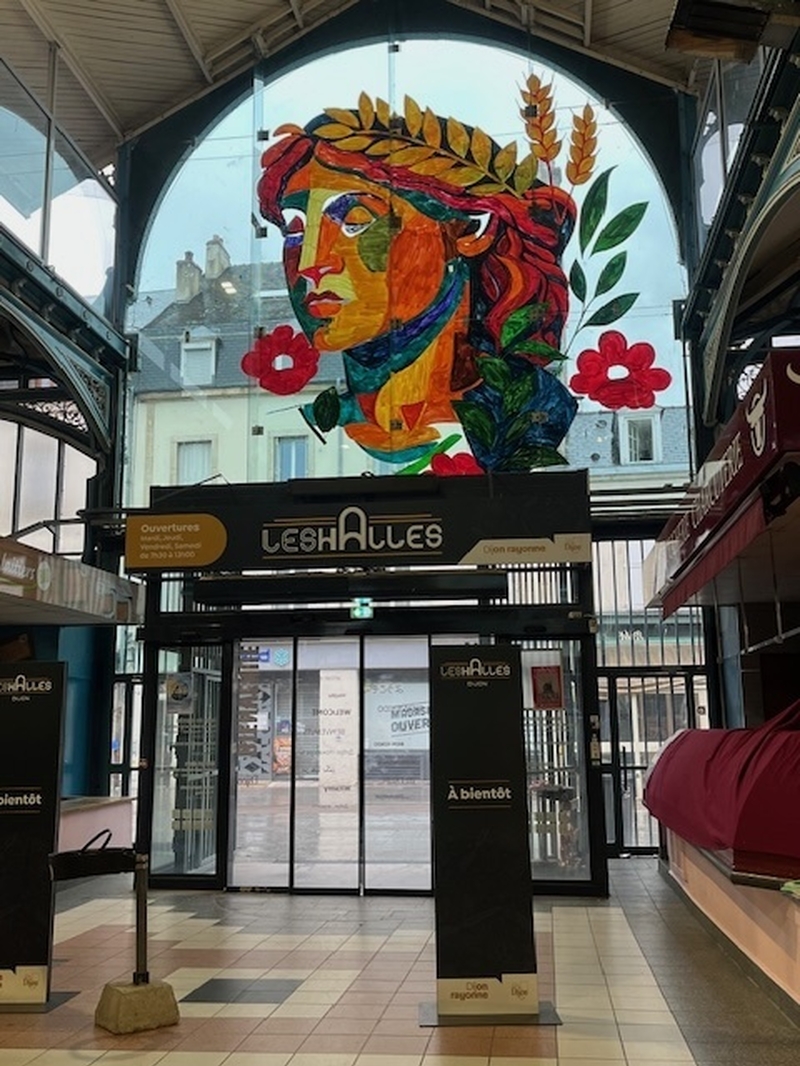

Do I feel bad about cutting the mustard (sic)? Mais non.
The gourmet epicentre of Dijon has shifted to the ambitious Cité Internationale de la Gastronomie et du Vin, a 15 minute walk from Les Halles. For eight centuries the site was occupied by the city’s main hospital but since 2022 has been home to this complex encompassing a range of exhibitions (some free, some ticketed), food shops and restaurants plus a remarkable wine showcase. Apparently the 280m euro project is a homage to the "French gastronomic meal" which, in 2010, was added to the UNESCO List of Intangible Cultural Heritage of Humanity. Self-congratulatory maybe, but it is a treasure house of treats. Less than 15 months after opening it had attracted its millionth visitor.
This particular visitor learned, among other things, that the great novelist Balzac in 1830 coined the phrase "You can't make an omelette without breaking some eggs" and the French slang for having a tantrum is "The mustard that rises into the nose."


Oh, I'd made a resolution not to mention the mustard. Still, for a follow-up article tracing the Vallée de la Gastronomie, a 620km foodie road trip from Dijon to Marseille, I will set out with the scent of mustard seeds on my hands after a personal grinding and mixing session. At Edmond Fallot, no less, the great traditional makers of Moutarde de Dijon. But that’s for another day. Let’s order a couple more Kirs.
Fact file
Neil Sowerby travelled from London to Pairs with Eurostar and on to Dijon with TGV inOui.
In Dijon he stayed at the four-star Hôtel Oceania la Jura, 14 Avenue Maréchal Foch, 21000 Dijon. +33 380416112. Close to the station and beautifully appointed with a garden and swimming pool.
Take advantage of a Dijon City Pass, giving you unlimited access to transport around the city and access to major sights. From 25 euros for 24 hours to 49 euros for 72 hours.
For full Dijon tourism information visit this site.
Get the latest news to your inbox
Get the latest food & drink news and exclusive offers by email by signing up to our mailing list. This is one of the ways that Confidentials remains free to our readers and by signing up you help support our high quality, impartial and knowledgable writers. Thank you!

Join our WhatsApp group
You can also get regular updates on news, exclusives and offers by joining the Manchester Confidential WhatsApp group.






